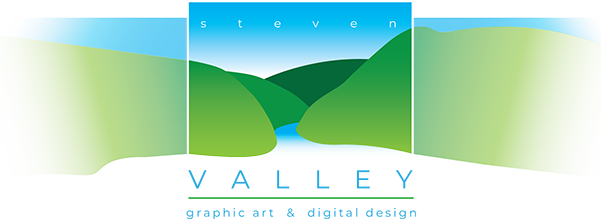Does The RSS Feed Have a Future?
It’s tough being a teenager, I watch my kids deal with this on a daily basis. The crux of the issue for any teenager is the constant struggle to remain cool and trendy. As adults we all know that translates to how interesting and relevant you can be and it’s vicious out there for anyone who isn’t, cool and trendy that is, and it gets even worse in your mid teens.
RSS technology turned 15 this year and by all estimates it’s no longer cool. As most teenagers will tell you they’d rather be dead than to be told they’re now reliable and stable, uncool! Well maybe I am being a bit overly dramatic. But on the internet once you become established and stable like RSS has, you’re just part of the background hiss of everyones busy day. Like the static that’s been determined to be the noise left over form the big bang of the cosmos, it’s just there. RSS is the backbone of much of the new technology that is subsuming it. It had it’s heyday about 4 years ago and that success has allowed for so much of what we take for granted when we consume news and content that it’s hard to distinguish it from the background noise.
The technology behind RSS is incredibly simple to deploy, it’s cost effective ie: cheap, and it’s baked in to many of the other technologies currently running on the web.
RSS, which, depending on whom you ask, stands for Rich Site Summary, or Really Simple Syndication, has become the de-facto technology for wide scale distribution of information on the net. It was invented and released in 1999, it went on to be updated and reiterated several times in the 2000’s. It’s last major update however was in 2003 and its last version came out in 2009, so it’s a stable platform and that’s saying a lot in this day and age when new tech appears almost every hour.
On the down side, RSS has a few issues to overcome. The biggest issue being that it transmits the entire post or story from a feed thereby rendering any site related advertising invisible. It needs a reader to be installed on the receiving end in order for the content being “feed out” to be accessed, and on the internet any time you have a two-step process it doesn’t bode well. Recently RSS was the subject of some rumors, as in RSS was dead! Google abandoned it’s reader and the web lit-up with obit’s about its passing and many goodbyes were said. But RSS did not go quietly into the night, it’s still here and it’s become fairly robust.
The technology behind RSS is incredibly simple to deploy, it’s cost effective ie: cheap, and it’s baked in to many of the other technologies currently running on the web. So that means that you can take advantage of it when you’re building a new app or site or… whatever and check the box that says “distribution” very quickly for your project if you chose to use it. For proof of that, look to Flipboard and Pulse and various aspects of Twitter and Facebook that use RSS to get the messages out to their viewers. Podcasting also depends heavily on RSS technology to get it’s content out and listened to.
What it boils down to is knowing your audience and how they want to access your content. Do they want to use Twitter? Or read it on Facebook? Or not use social media at all because there are people out there who have never used Twitter or Facebook and have no desire to so no matter how you offer content to them they come and get it for themselves “thank you very much!”. If your audience likes getting your content delivered to them in neat clean bundles then you should use RSS, or keep it running if it’s already part of your site.
So although RSS was pioneered in the early part of the 2000’s and the technology behind it has become passé it is still a very important part of the social web moving forward. Just cause you’re old doesn’t mean you’re irrelevant, now where are my wallabies and wide wale corduroys!

